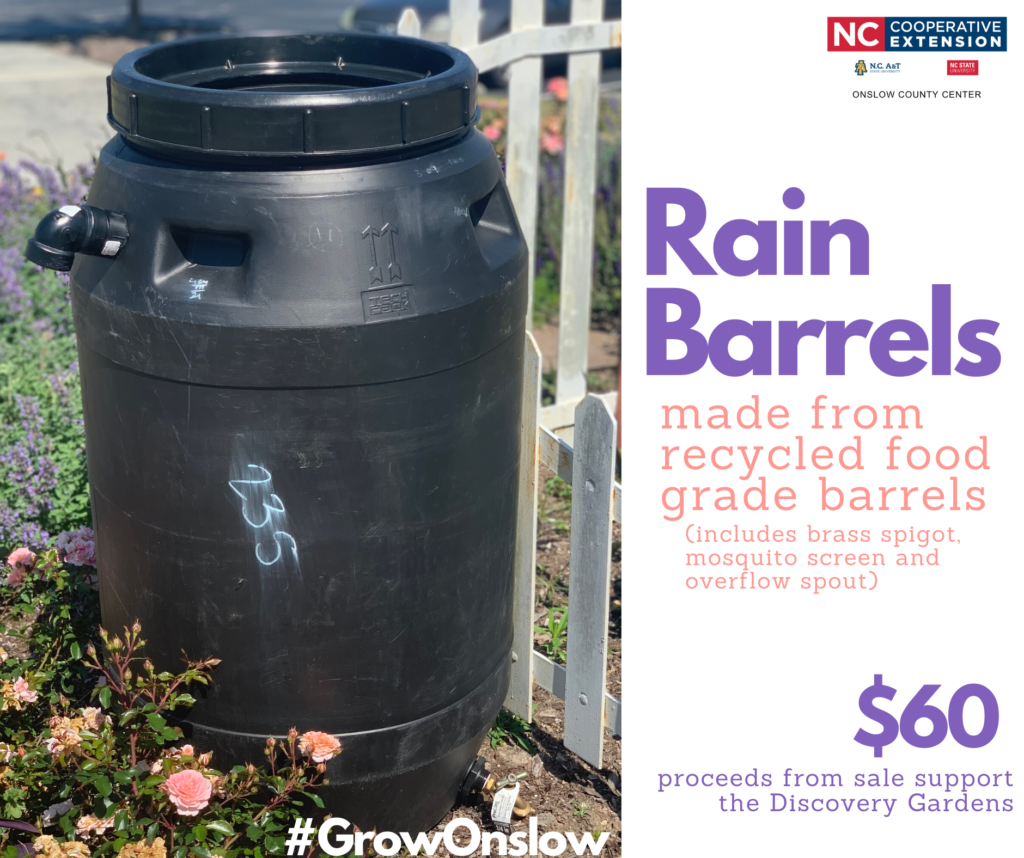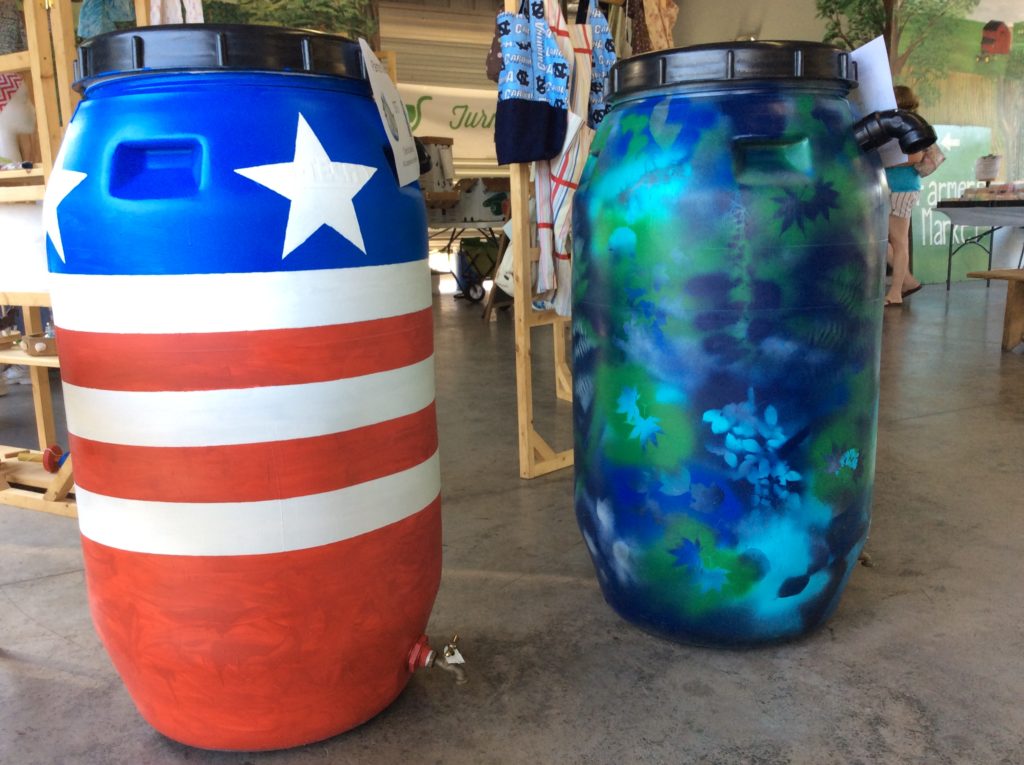Rainwater Harvesting at Home
go.ncsu.edu/readext?625598
en Español / em Português
El inglés es el idioma de control de esta página. En la medida en que haya algún conflicto entre la traducción al inglés y la traducción, el inglés prevalece.
Al hacer clic en el enlace de traducción se activa un servicio de traducción gratuito para convertir la página al español. Al igual que con cualquier traducción por Internet, la conversión no es sensible al contexto y puede que no traduzca el texto en su significado original. NC State Extension no garantiza la exactitud del texto traducido. Por favor, tenga en cuenta que algunas aplicaciones y/o servicios pueden no funcionar como se espera cuando se traducen.
Português
Inglês é o idioma de controle desta página. Na medida que haja algum conflito entre o texto original em Inglês e a tradução, o Inglês prevalece.
Ao clicar no link de tradução, um serviço gratuito de tradução será ativado para converter a página para o Português. Como em qualquer tradução pela internet, a conversão não é sensivel ao contexto e pode não ocorrer a tradução para o significado orginal. O serviço de Extensão da Carolina do Norte (NC State Extension) não garante a exatidão do texto traduzido. Por favor, observe que algumas funções ou serviços podem não funcionar como esperado após a tradução.
English
English is the controlling language of this page. To the extent there is any conflict between the English text and the translation, English controls.
Clicking on the translation link activates a free translation service to convert the page to Spanish. As with any Internet translation, the conversion is not context-sensitive and may not translate the text to its original meaning. NC State Extension does not guarantee the accuracy of the translated text. Please note that some applications and/or services may not function as expected when translated.
Collapse ▲Pre-made, unpainted, rain barrels will be available at N.C. Cooperative Extension’s Onslow County office, located at 4024 Richlands Hwy, on Friday, November 20. The office is open Monday-Friday from 8 a.m. – 5 p.m.; however, the rainbarrels are also available at the Farmers’ Market on Saturdays, from 8:30 a.m. – 1:30 p.m.
Take advantage of the water nature gives us. Using a rain barrel or cistern to collect rainwater can lower your water bill, be good for your plants, and also protect the environment by reducing runoff from your property.
What is the difference between a rain barrel and a cistern? Size. Rain barrels are generally smaller and are installed above-grade, whereas cisterns are larger and may be installed above- or below-grade. Sizing your system is important. Fortunately, it is not hard to do. A quick approximation is that for every 100 square feet of roof area, a 1-inch rainfall will yield 62 gallons of water.





